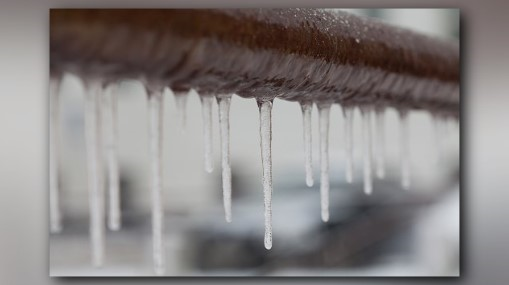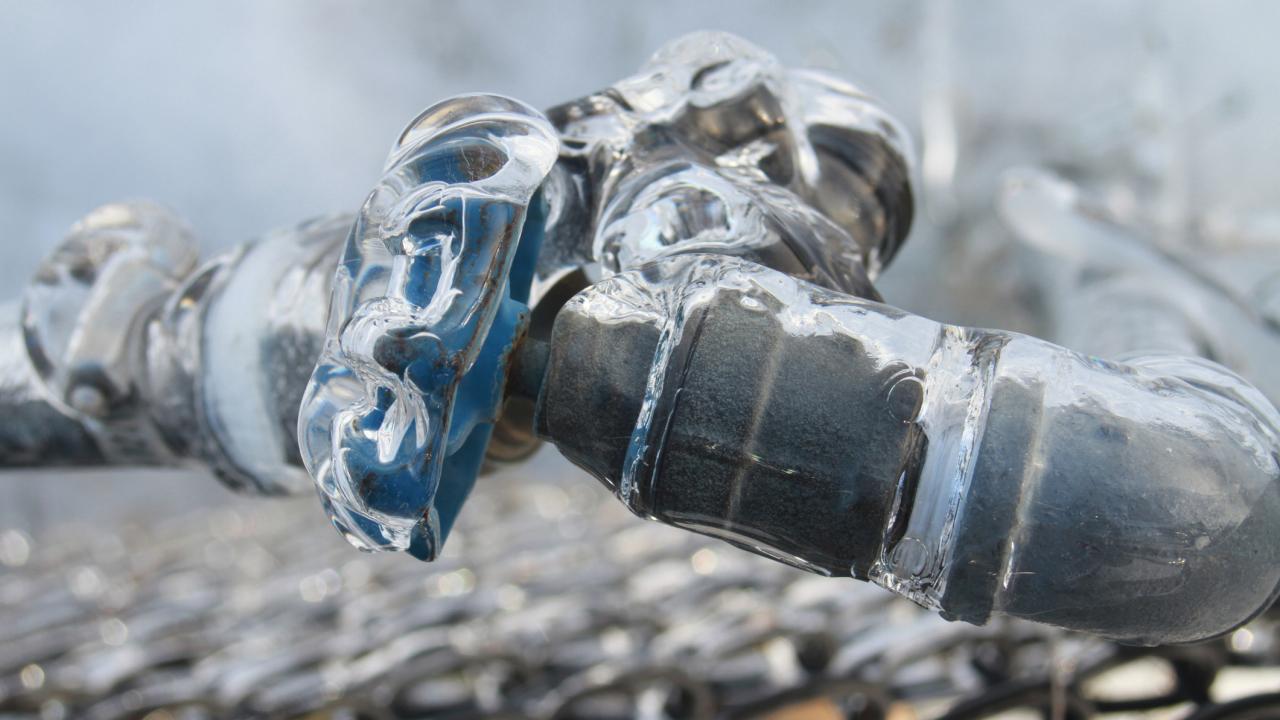Protecting Pipes from Cold Weather Issues: Critical Strategies
Protecting Pipes from Cold Weather Issues: Critical Strategies
Blog Article
Everybody maintains their personal rationale in relation to How To Avoid Freezing Pipes.

Winter can ruin your pipes, specifically by freezing pipes. Below's exactly how to prevent it from occurring and what to do if it does.
Intro
As temperature levels drop, the threat of frozen pipelines increases, potentially resulting in pricey fixings and water damage. Understanding exactly how to avoid frozen pipelines is critical for house owners in cool environments.
Understanding Icy Pipes
What triggers pipes to freeze?
Pipes ice up when exposed to temperatures below 32 ° F (0 ° C) for extended durations. As water inside the pipes ices up, it increases, taxing the pipeline walls and possibly causing them to burst.
Dangers and damages
Icy pipelines can cause water supply disruptions, building damage, and expensive repair work. Ruptured pipes can flooding homes and trigger comprehensive architectural damage.
Signs of Frozen Pipes
Identifying icy pipes early can prevent them from bursting.
Just how to determine frozen pipelines
Seek lowered water circulation from faucets, unusual smells or noises from pipelines, and visible frost on exposed pipelines.
Avoidance Tips
Insulating at risk pipelines
Cover pipelines in insulation sleeves or use warmth tape to safeguard them from freezing temperatures. Concentrate on pipes in unheated or external areas of the home.
Heating techniques
Keep indoor rooms properly heated up, particularly locations with plumbing. Open cupboard doors to enable warm air to flow around pipelines under sinks.
Protecting Outside Pipes
Yard tubes and exterior taps
Detach and drain pipes yard pipes prior to winter months. Mount frost-proof spigots or cover outdoor faucets with insulated caps.
What to Do If Your Pipes Freeze
Immediate activities to take
If you suspect icy pipelines, maintain taps available to relieve stress as the ice thaws. Use a hairdryer or towels taken in hot water to thaw pipes gradually.
Long-Term Solutions
Structural changes
Consider rerouting pipelines away from exterior wall surfaces or unheated areas. Include additional insulation to attics, basements, and crawl spaces.
Upgrading insulation
Purchase high-quality insulation for pipes, attics, and walls. Correct insulation helps preserve constant temperatures and minimizes the threat of icy pipelines.
Conclusion
Preventing icy pipes needs positive procedures and fast responses. By understanding the causes, indicators, and safety nets, property owners can protect their plumbing throughout winter.
6 Proven Ways to Prevent Frozen Pipes and Protect Your Home
Disconnect and Drain Garden Hoses
Before winter arrives, start by disconnecting your garden hoses and draining any remaining water. Close the shut-off valves that supply outdoor hose bibs and leave the outdoor faucet open to allow any residual water to drain. For extra protection, consider using faucet covers throughout the colder months. It’s also important to drain water from any sprinkler supply lines following the manufacturer’s directions.
Insulate Exposed Pipes
Insulating your pipes is an effective way to prevent freezing. Pipe insulation is readily available at home improvement stores and is relatively inexpensive. Pay close attention to pipes in unheated areas such as the attic, basement, crawl spaces, or garage. Apply foam insulation generously to create a buffer against the cold. You can also wrap your pipes in heat tape or thermostat-controlled heat cables for added warmth.
Seal Air Leaks
Inspect your home for any cracks or openings that could let in cold air. Seal any holes around the piping in interior or exterior walls, as well as the sill plates where your home rests on its foundation. Additionally, make sure to keep your garage door closed unless you’re entering or exiting. Leaving it open creates a significant air leak that can lead to frozen pipes.
Allow Warm Air Circulation
During cold snaps, it’s essential to allow warm air to circulate evenly throughout your home. Leave interior doors ajar to promote better airflow. Open kitchen and bathroom cabinets to help distribute heat consistently around the rooms. If you have small children or pets, be sure to remove any household chemicals or potentially harmful cleaners from open cabinets for safety.
Let Faucets Drip
A small trickle of water can make a big difference in preventing ice formation inside your pipes. When temperatures drop significantly, start a drip of water from all faucets served by exposed pipes. This continuous flow helps prevent the water from freezing. Additionally, running a few faucets slightly can relieve pressure inside the pipes, reducing the chances of a rupture if the water inside does freeze.
https://choateshvac.com/6-proven-ways-to-prevent-frozen-pipes-and-protect-your-home/

We had been shown that editorial about How to Prevent Your Pipes From Freezing through a buddy on another site. Sharing is good. Helping people is fun. Thanks for being here. Revisit us soon.
Quote Report this page